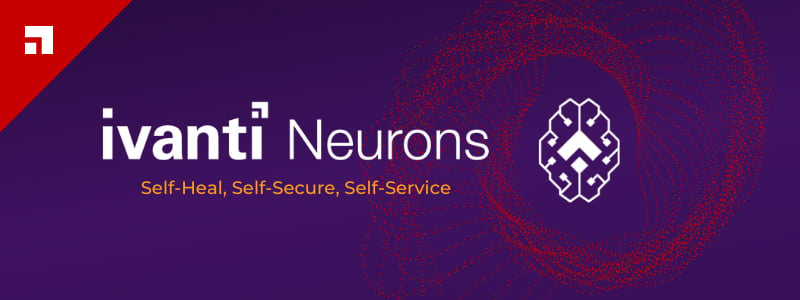Hyper-Automation is Your Next Competitive Advantage
 The world is changing fast, and for IT departments, demands are increasing exponentially.
The world is changing fast, and for IT departments, demands are increasing exponentially.
The challenges in today’s environment are like a tidal wave coming at organizations. There is unmanageable complexity due to the explosive growth of endpoints and IoT devices—generating and processing data all the way to the edge. Cybersecurity threats are reaching catastrophic new heights and present significant risk to companies. Add in the fact that employees are working from anywhere, at anytime, and still expect engaging, consumer-grade experiences with immediate responses to their issues. The COVID pandemic is forcing many organizations into the digital transformation to support mass remote work, and working from home is widely expected to become the "next normal" after the pandemic subsides.
To pile it on, IT departments are being asked to manage all these new and increasing challenges without an increase in budget or resources (often with a decrease in both). To that end, the only way for organizations to deal with the rapidly growing complexity, security concerns, and multi-generational user expectations is through hyper-automation.
Hyper-automation
According to Gartner, "Hyper-automation refers to the combination of multiple machine learning, packaged software and automation tools to deliver work." (Gartner Identifies the Top 10 Strategic Technology Trends for 2020, October 21, 2019)
To achieve this, organizations must mature from basic automation (think workflow automation), to augmented Artificial Intelligence and Machine Learning (think conversational bots), to a confluence of hyper-automation with deep learning capabilities. Through hyper-automation, organizations can proactively, predictably, and continuously self-heal, self-secure devices and self-service end-users. Humans will co-exist with bots and robots, working hand in hand to deliver contextual, anticipatory, and personalized consumer-grade experiences to employees, customers, and consumers.
This is where Ivanti Neurons comes in.
Autonomous Healing
Evolve the management of devices from reactively managing endpoints to autonomously managing and self-healing. Continuously discover endpoints, diagnose issues, and optimize the device performance and minimize configuration drift, then automate productivity preservation and system health and security.
Adaptive Security
Anticipate security threats by going beyond simply reacting to security issues or anomalies to continuously sensing, discovering, and detecting security issues, prioritizing them predictively based on cognition, then remediating issues proactively before the end user detects there was an issue.
Ambient User Experience
Provide an experience to the end users (employees, customers, consumers) that is contextual, personalized and anticipatory for what the user needs. Combining the ability to detect all devices that the user has, understand their preferences, optimize the performance, minimize the configuration drift, and identifying and resolve any security vulnerabilities to provide the user with an Ambient Experience.
It’ll be the organizations that embrace and invest in their maturity from basic automation to hyper-automation and delivering ambient experiences to end users at the highest speed, accuracy, and optimal cost that will have a significant competitive advantage going forward.
For more information, visit the Ivanti Neurons pages on our website.

